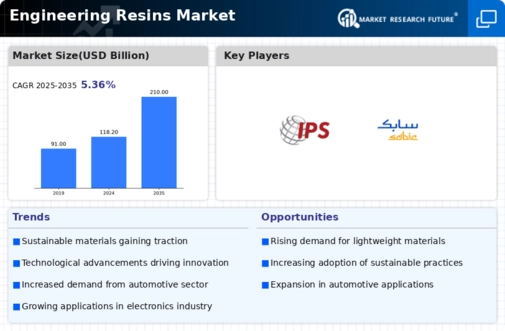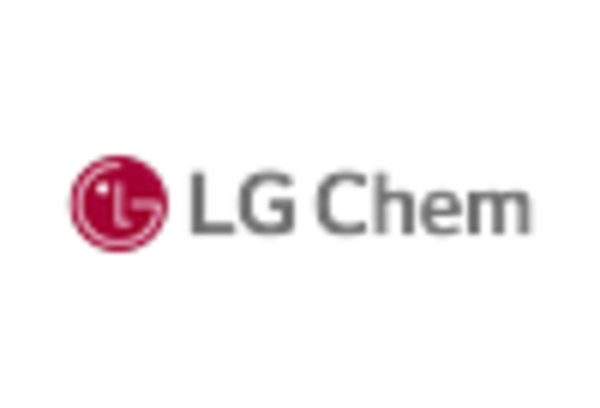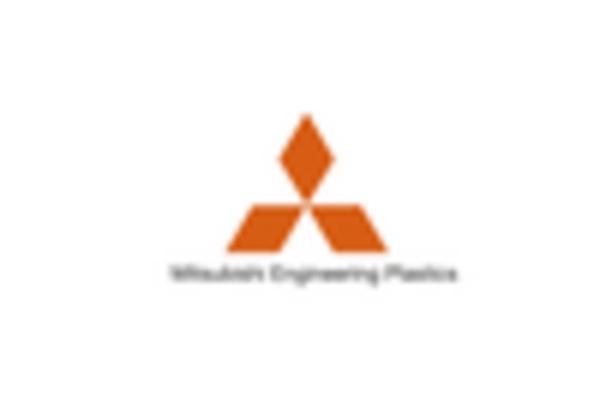Market Share
Engineering Resins Market Share Analysis
The Engineering Resins Market is being targeted by some companies that are finding ways to be part of it in order to increase their share in this market through various positioning strategies. The success of many businesses in this dynamic field often depends on such market positioning strategies. One common approach involves differentiation, whereby companies concentrate on unique features or characteristics of their engineering resins that set them apart from competitors. Another major strategy is cost leadership, where organizations try to produce engineering resins at a much lower price than their rivals without undermining the quality of the products they offer. This enables them to charge less for their goods, hence attracting customers who are sensitive to prices. Therefore, it becomes necessary for any company to streamline its production process so as to achieve economies of scale that will eventually translate into reduced costs for customers. This, in turn, may result in higher market shares, particularly within price-driven segments of the Engineering resin market. Market segmentation is a complex business strategy that involves selecting a specific customer segment according to their specific needs and desires. For instance, the company may focus on supplying bespoke engineering resins aimed at satisfying the performance requirements of the automotive industry sector. The importance of collaborative strategies in market share positioning within the Engineering Resins Market cannot be underestimated. By associating with key players along the value chain, like distributors or suppliers, companies can gain a competitive edge. Strategic collaborations allow a company to improve its product development, distribution channels, or research and development capabilities by leveraging its partner's strengths. This cooperative approach facilitates not only market share growth but also encourages innovation in the industry. Adaptability is crucial when it comes to market share positioning strategies, especially in dynamic fields such as engineering resins. It is through this that businesses will always have the upper hand over their competitors whenever there are shifts in customers' preferences, technology changes, or regulatory environment. Picture, for instance, a firm that invests heavily in research and development to enable it to introduce quickly a new range of engineering resins that comply with recently implemented environmental standards. This has positioned this company as among the sustainability leaders, thereby attracting environmentally concerned consumers and expanding their market dominance.

















Leave a Comment